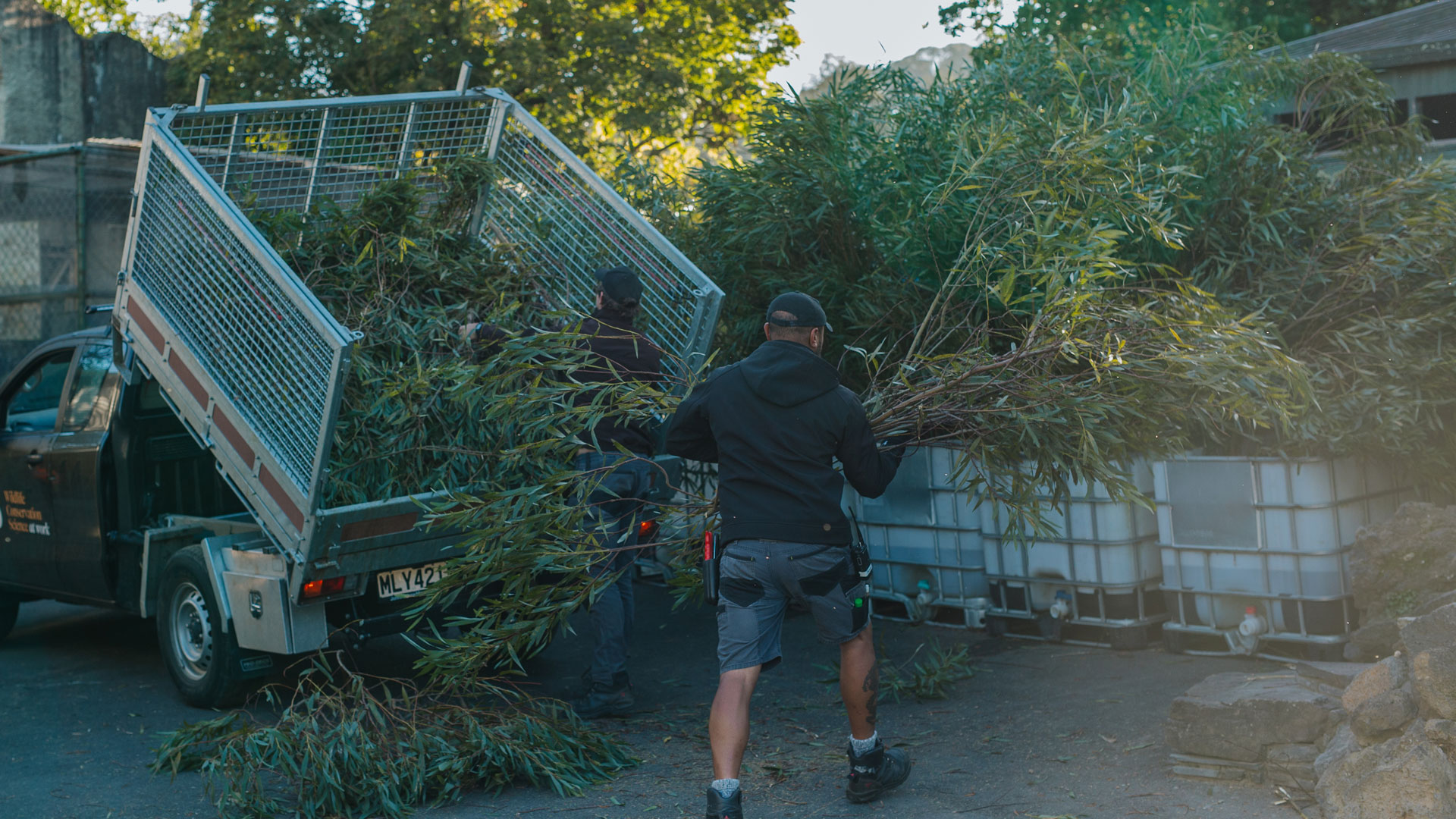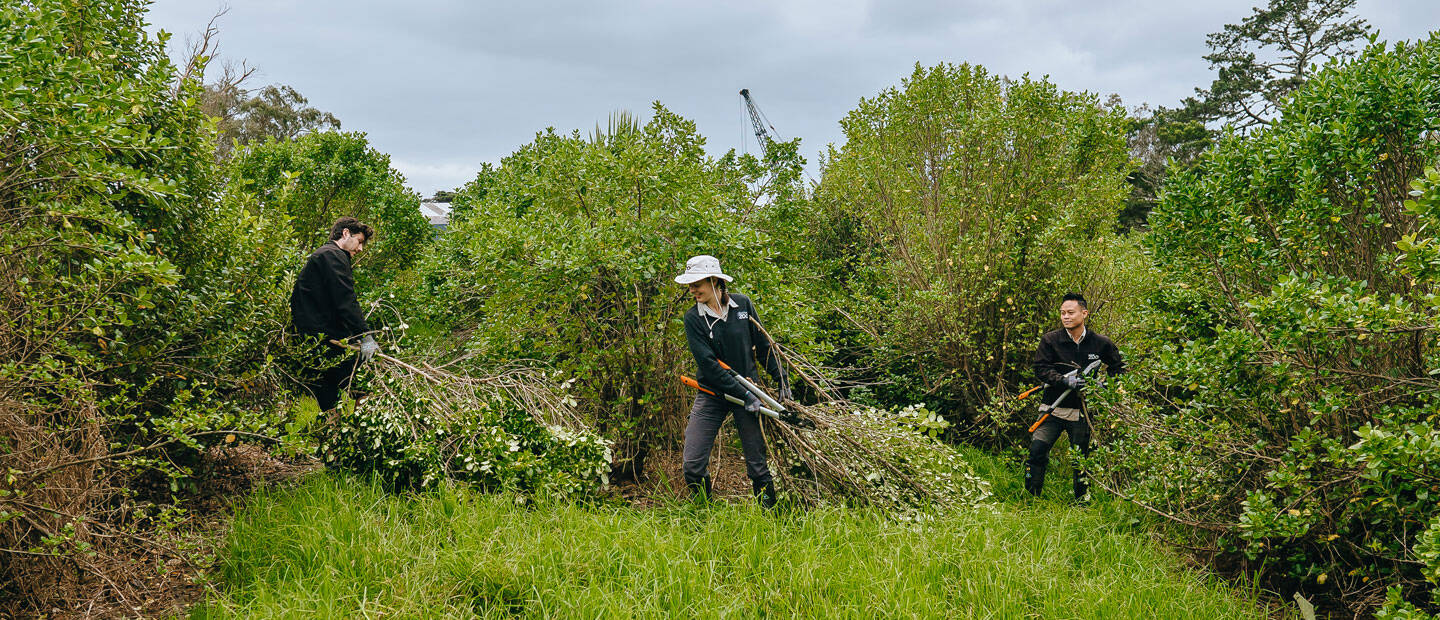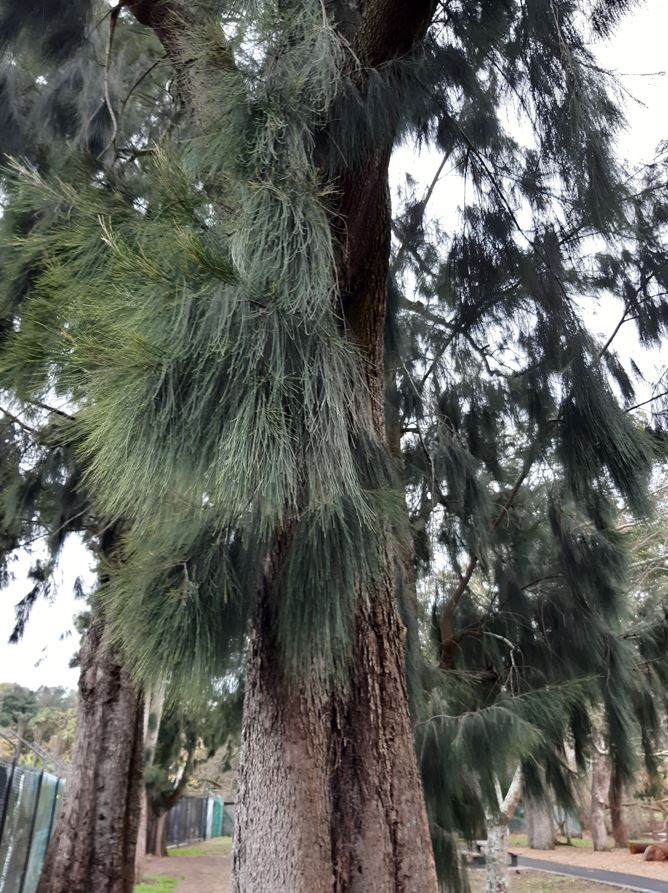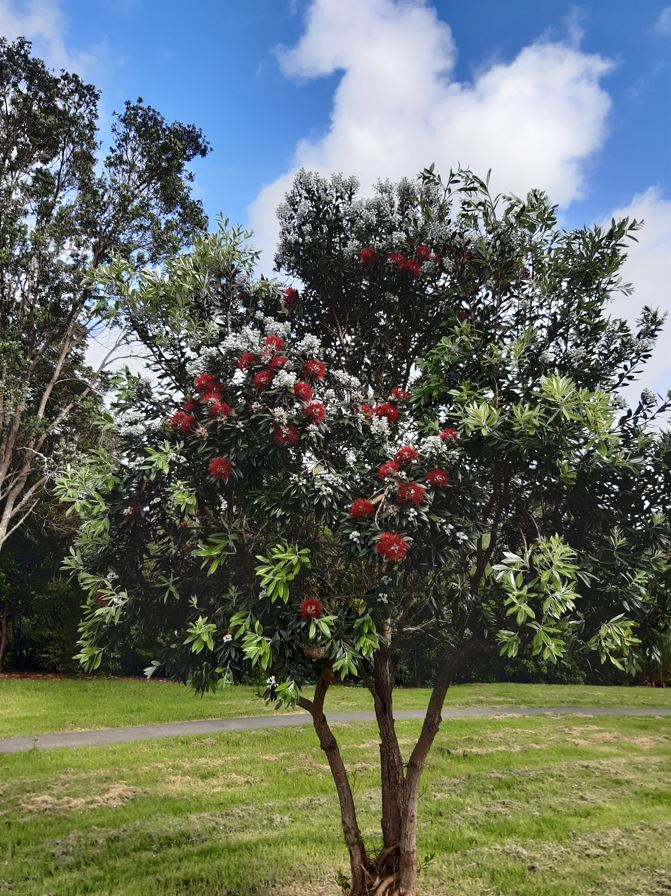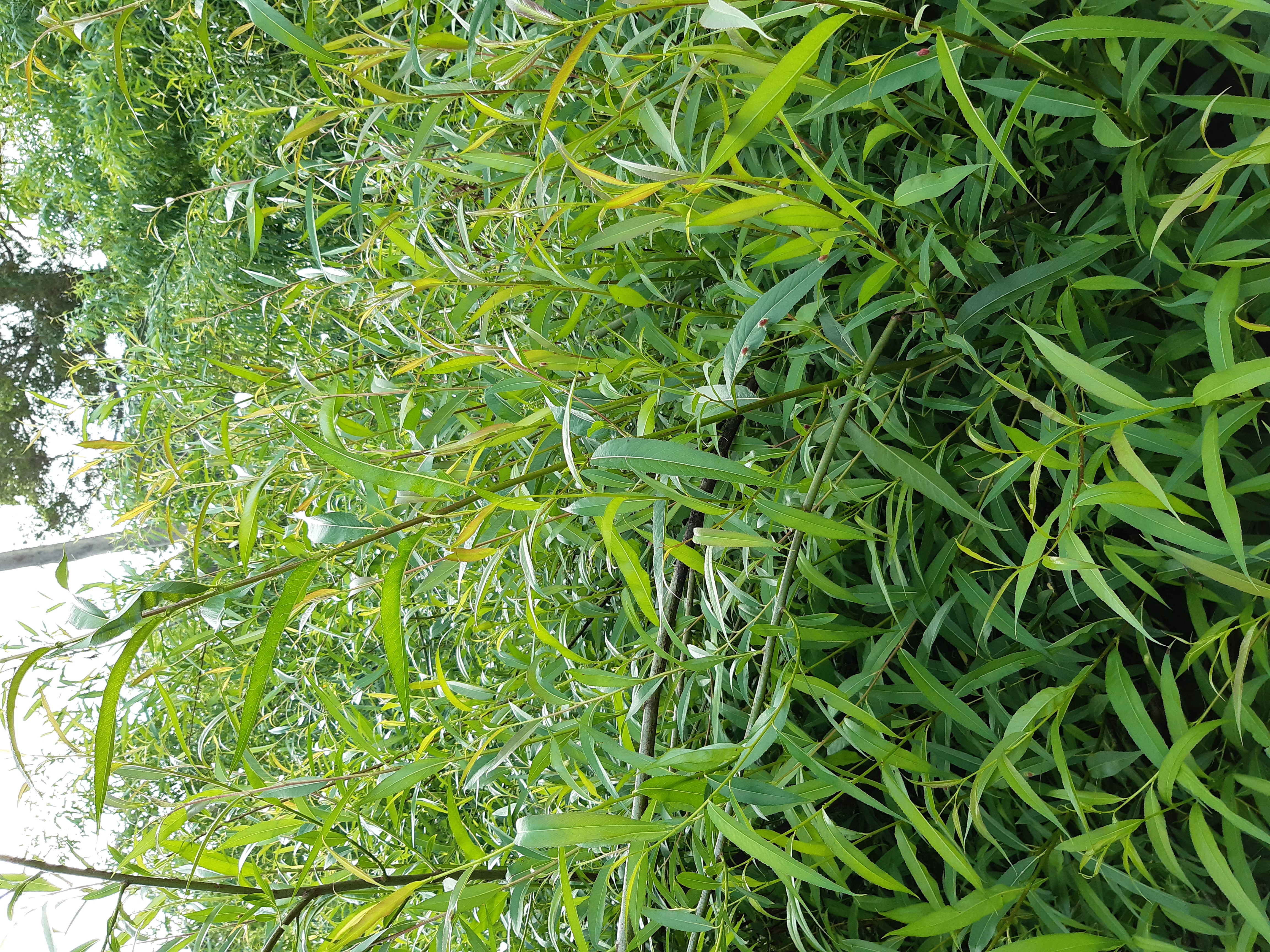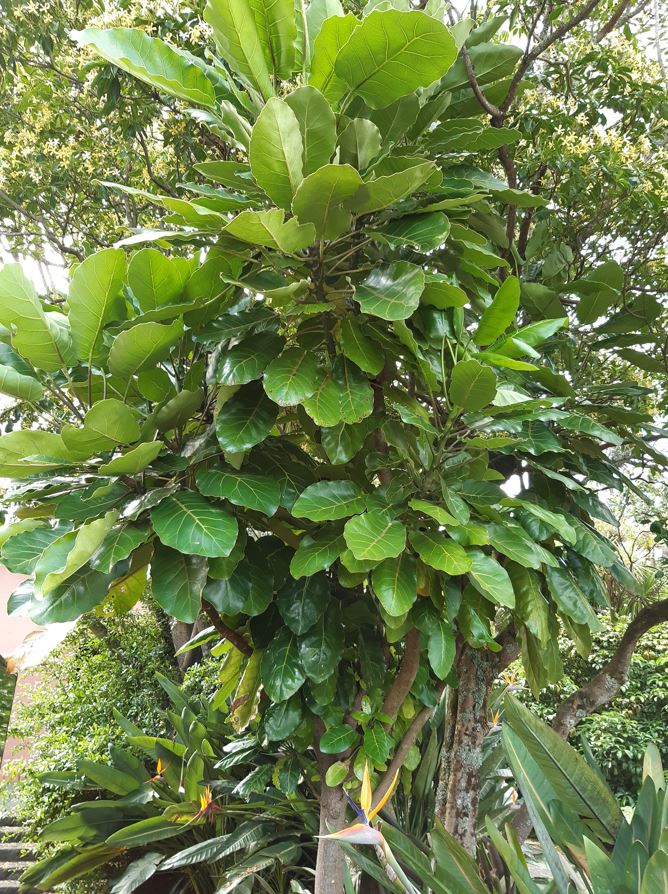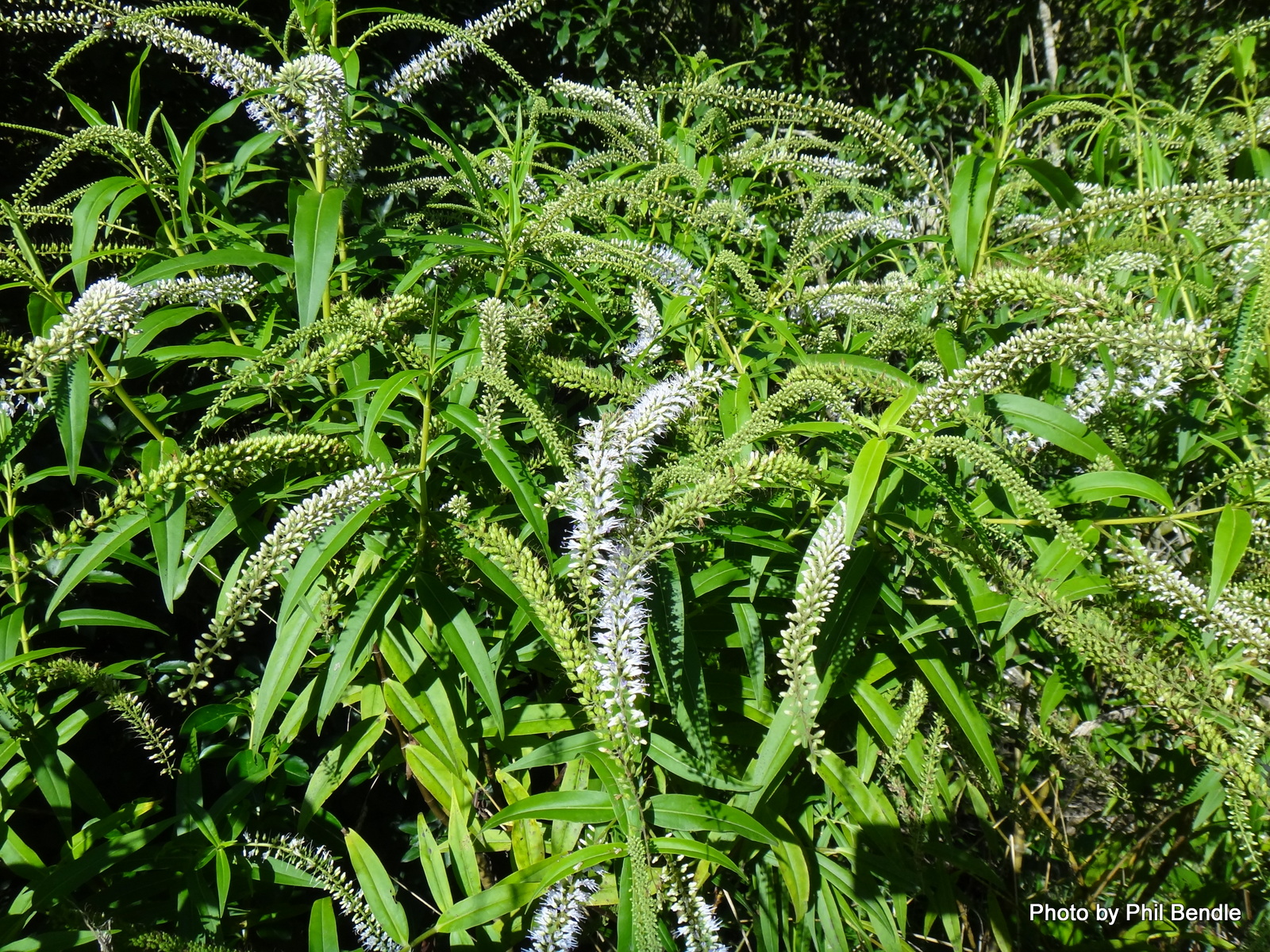Auckland Zoo has a dedicated browse team that source this vegetation in a number of sustainable ways. One of the key ways we obtain browse for the zoo’s animals is through the generous donations from our wonderful green-fingered community in Auckland.
This browse is then used in a number of ways – as part of our animals varied and nutritional diet; to create natural areas where animals can hide, nest, climb or create perches; and thick branches or logs are used as essential gnawing implements for our rodent species.
Please find a photo gallery below featuring the different types of browse that we are likely to accept.
Within this selection, there are specific types of browse that are in high demand as they are much enjoyed by the animals in our care. These are puka, monstera, banana palm, ficus, feijoa, acacia, poplar, liquid amber.
Please note – all browse / plants for donation must be pesticide and spray free. Our browse team can travel up to 25 minutes from the Zoo for a full truck load of browse and 20 minutes for small loads. We are unable to pick up any browse donations outside of Auckland City.


